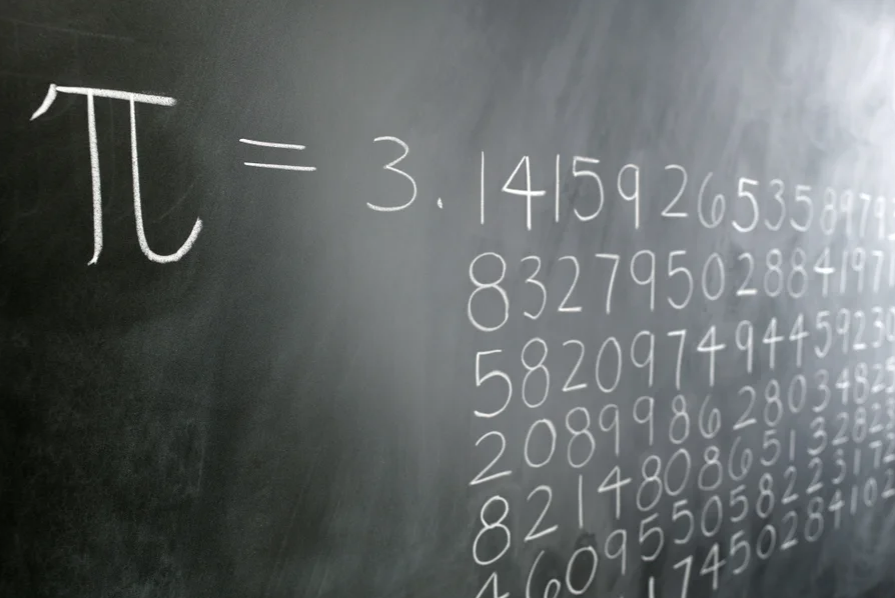Earth Is Getting a 'Second Moon'
Werewolves, rejoice: A new moon is headed our way. For a little while, at least.


Credit: Triff/Shutterstock
Later this month, the earth will briefly gain a new moon. An asteroid called 2024 PT5 will be making a horseshoe-shaped partial orbit around Earth before it breaks free of our planet's gravitational pull and heads back to its home in an asteroid belt orbiting the sun, so between September 29 and November 25, Earth will have both a moon and a mini-moon.
How to see the mini-moon
2024 PT5 is tiny in cosmic terms—about 33 feet long—and it's dim, so it won't be visible with the naked eye or binoculars. Most home telescopes won't be powerful enough, either; you'll need a telescope with a diameter larger than 30 inches with a CCD or CMOS detector to observe the mini-moon. So if you want to check it out, your best bet is contacting a local local astronomy club or observatory and asking if they're planning to turn their powerful telescopes on the object.
What is a mini-moon?
Mini-moons are celestial objects that get caught in our planet's gravitational field and temporarily orbit earth. Objects like 2024 PT5 that follow partial earth orbits are fairly common. We get a hanger-on every few years: In 2020, a piece of 1960s rocket debris joined us briefly before heading off to orbit the sun, and in 2022, an amateur astronomer discovered 2022 NX1, an asteroid orbiting earth for a month. Long-capture episodes, where an object pairs up with us for at least one complete orbital revolution, are less common. We only get one of these every 10 or 20 years.
Where did the mini-moon come from?
This particular mini-moon is part of the Arjuna asteroid belt, a collection of space rocks that orbits the sun at an average distance of 93 million miles. 2024 PT5 came close enough to earth, at a slow enough speed, to be captured by our gravitational field. "Under these conditions, the geocentric energy of the object may grow negative, and the object may become a temporary moon of Earth," Universidad Complutense de Madrid professor Carlos de la Fuente Marcos told Space.com. "This particular object will undergo this process starting next week and for about two months."
How was the mini-moon discovered?
Marcos and other scientists working on the Asteroid Terrestrial-impact Last Alert System first spotted the asteroid 2024 PT5 in August and reported their findings in the September issue of Research Notes of the American Astronomical Society.
What should you do if you miss the mini-moon?
If you're too busy to check out this particular mini-moon between September 29 and November 25, you'll have other chances. 2024 PT5 is expected to return in January of 2025, and again in 2055.

Stephen Johnson
Staff Writer
Stephen Johnson is a Staff Writer for Lifehacker where he covers pop culture, including two weekly columns “The Out of Touch Adults’ Guide to Kid Culture” and “What People are Getting Wrong this Week.” He graduated from Emerson College with a BFA in Writing, Literature, and Publishing.
Previously, Stephen was Managing Editor at NBC/Universal’s G4TV. While at G4, he won a Telly Award for writing and was nominated for a Webby award. Stephen has also written for Blumhouse, FearNET, Performing Songwriter magazine, NewEgg, AVN, GameFly, Art Connoisseur International magazine, Fender Musical Instruments, Hustler Magazine, and other outlets. His work has aired on Comedy Central and screened at the Sundance International Film Festival, Palm Springs International Film Festival, and Chicago Horror Film Festival. He lives in Los Angeles, CA.

 Hollif
Hollif 

































